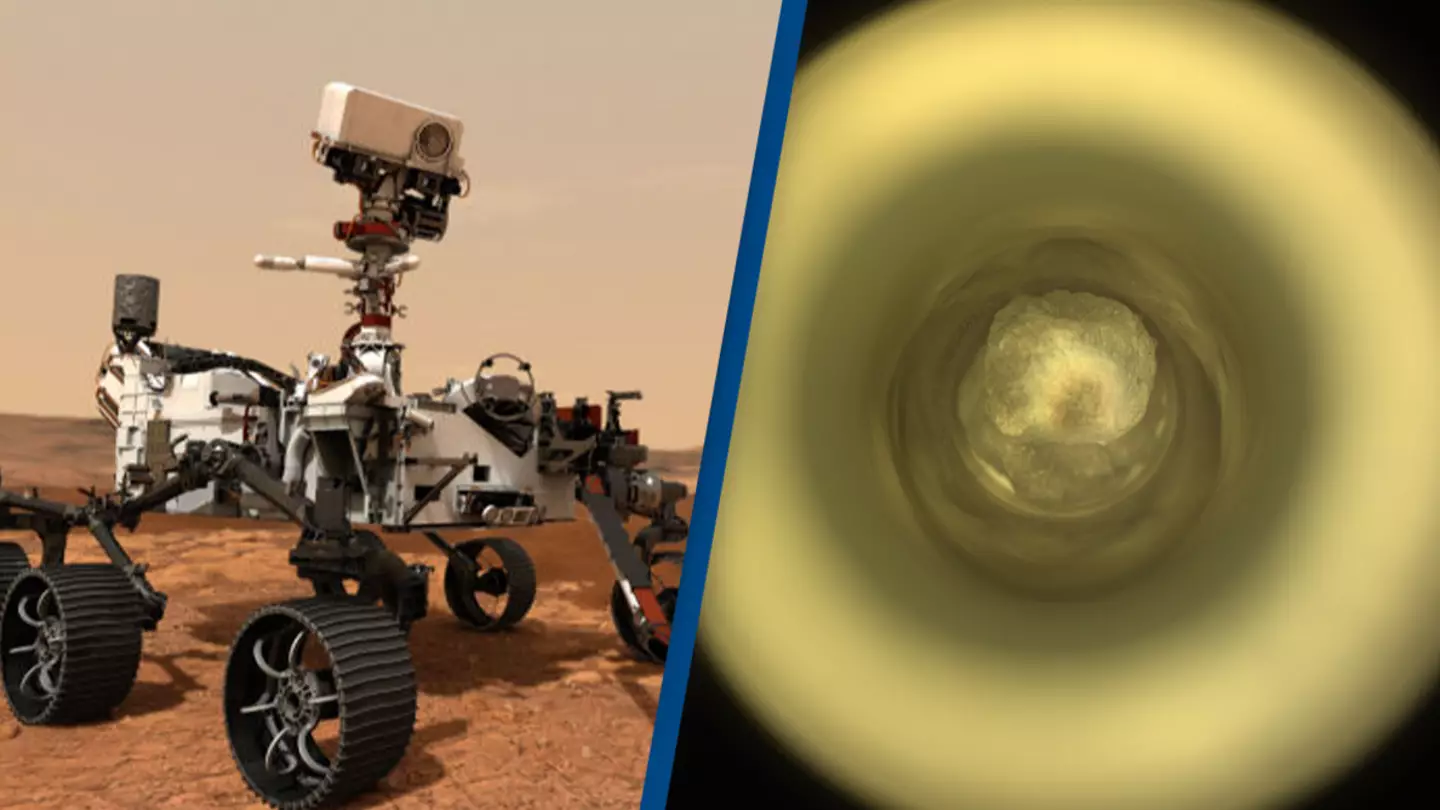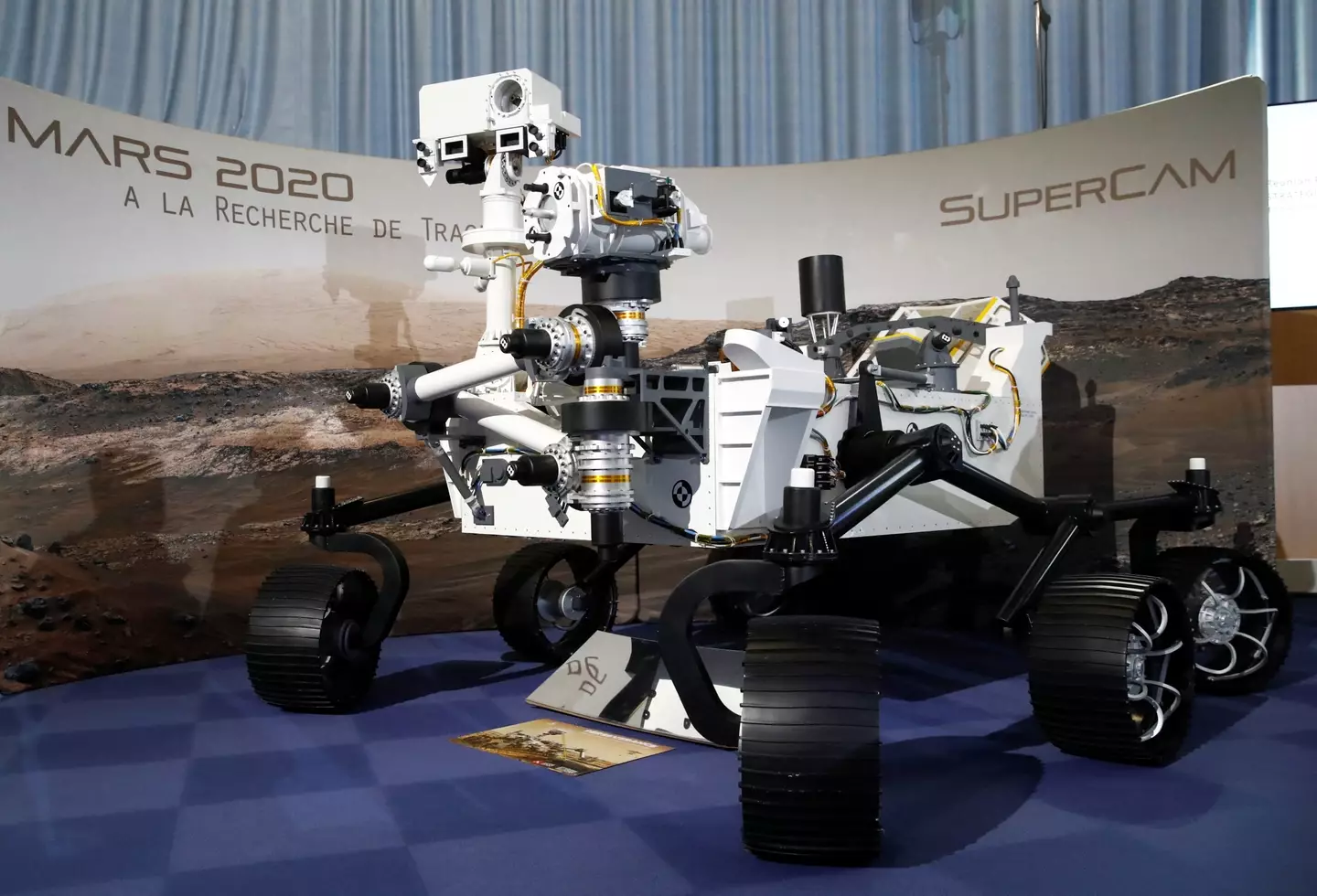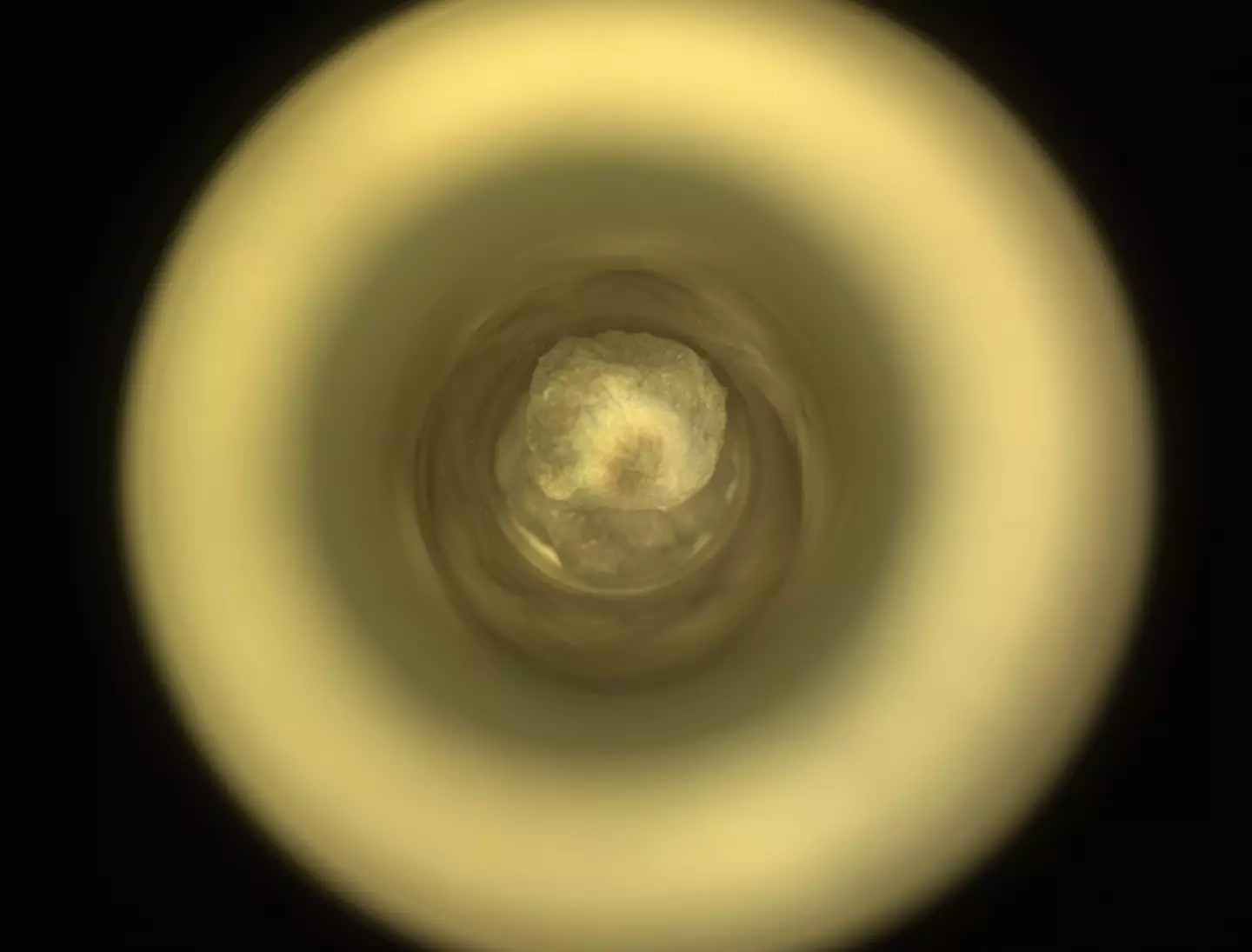
NASA has revealed its Mars 2020 Perseverance rover has made a 'successful' and exciting discovery.
The National Aeronautics and Space Administration (NASA) sent the Perseverance Rover to Mars on July 30, 2020 in a hunt for 'signs of ancient microbial life' and to collect rock samples.
And it's since been revealed that the rover has collected a particularly exciting rock sample of 'immense scientific interest'.
NASA's Perseverance rover landed in the Jezero Crate, which is 28 miles wide and located on the western edge of a flat plain called Isidis Planitia, 'lying just north of the Martian equator,' NASA explains.
And NASA's Science Editorial Team released an update on its website on February 4, revealing the rover 'continues to live up to its name, pushing forward in search of ancient Martian secrets'.
Advert
It explained the latest campaign of the rover began at 'a site surrounded by dusty, fine-grained paver stones' called Mill Brook, where the rover 'conducted an abrasion experiment at Steve’s Trail [...] capturing before-and-after analysis of the rock surface'.
The 'Bad Weather Pond' was imaged and both sets of observations provided 'invaluable data on the composition, texture and potential alteration of these rocks'.

However, it was the rover's discovery at Blue Hill which really caused excitement, with it having "successfully cored and sealed a 2.9-centimeter (1.1-inch) rock sample from Blue Hill, officially named 'Silver Mountain'."
Advert
The rocks at Blue Hill are of 'immense scientific interest' due to being 'rich in low-calcium pyroxene (LCP)'.
"This marks our first Noachian-aged outcrop sample, an important milestone in our mission to uncover the geological history of Jezero Crater," NASA explains.
"Since Shallow Bay-Shoal Brook is the only location along our planned route where this regional low-calcium pyroxene unit was identified from orbit, this sample is a one-of-a-kind treasure for future Mars Sample Return analyses."
And while Blue Hill 'remains a top priority,' NASA reveals the rover has a 'newfound focus' too.
Advert

It notes 'the tactical team has been highly responsive to the science team’s overwhelming interest in the nearby serpentine-bearing outcrops' and the serpentine-bearing rocks could potentially 'reveal critical clues about past water activity and potential habitability'.
It resolved: "Our journey through Jezero Crater has never been more exciting. Each step - each scan, each drive, each core sample - brings us closer to understanding Mars’ complex past.
"As Perseverance continues to, well, persevere, and as we embrace the Year of the Snake, we can’t help but marvel at the poetic alignment of science and tradition
Advert
"Here’s to a year of wisdom, resilience, and groundbreaking discoveries - both on Earth and 225 million kilometers (140 million miles) away!"